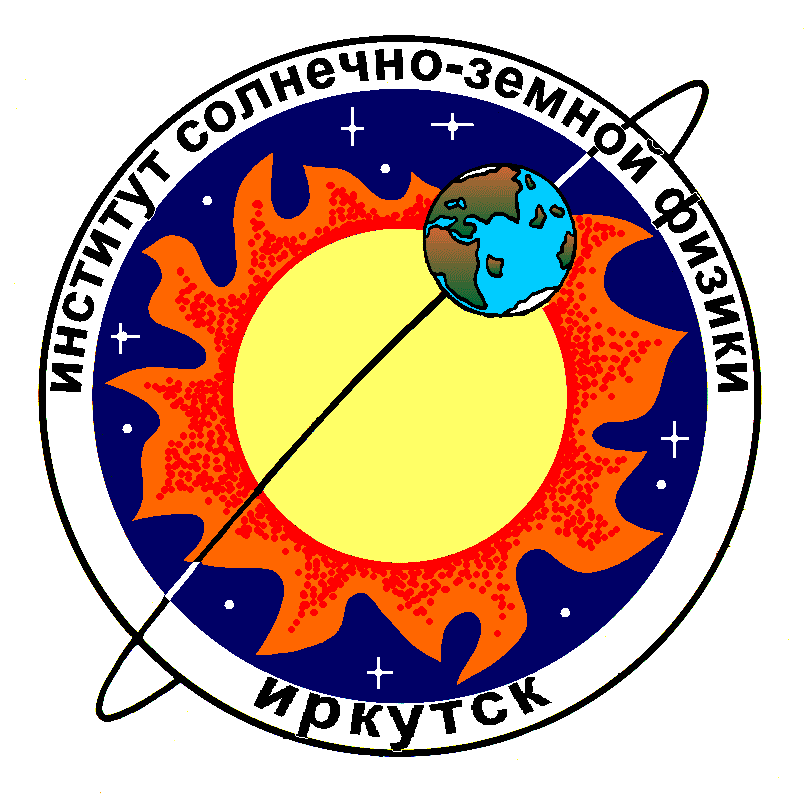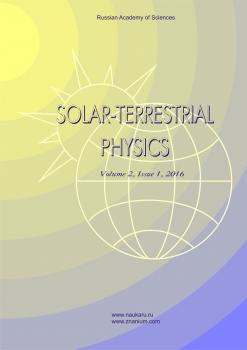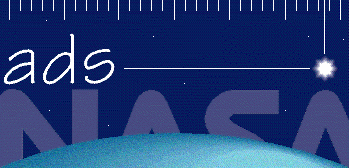employee from 01.01.2023 to 01.01.2024
Sultanate of Oman, Oman
Sultanate of Oman, Oman
Sultanate of Oman, Oman
Sultanate of Oman, Oman
The Sun showed extraordinary activity related to sunspot area 3664 on May 8–10, 2024, resulting in solar flares considered the most intense in the current solar cycle. Auroras occurred in several regions around the world. Early on May 12, 2024 near the highest peak in the Sultanate of Oman, a team of Omani astrophotography enthusiasts documented the rare event ever observed in this region. Auroras often occur along the so-called auroral oval zones around the geomagnetic poles, where Earth's magnetic field directs charged particles penetrating from the solar wind. This takes place when a cloud of charged particles is thrown toward Earth by a large explosion on the Sun. Sometimes, these particles can make the aurora visible in places where it is exceedingly rare throughout recorded history. The observation from the mountain Jebel Shams, situated far from the polar regions (23 degrees north of the equator), offers a unique chance to study such an event in a region where auroras are exceptionally rare. We explore the factors contributing to the observed aurora in Oman, including geomagnetic conditions and the role of sunspot region AR3664 in solar activity along with local conditions in Oman that contributed to the visibility of this aurora. Understanding this dynamics can enhance our knowledge of the mechanisms driving auroral visibility at lower latitudes and provide valuable insights into the global impact of solar storms. This study also emphasizes how crucial it is to record auroras in regions like the Arabian Peninsula, where they are rarely documented.
aurora, solar activity, solar storms, red aurora glow
1. Basurah H.M. Records of aurora in the Islamic chronicles during 9th–16th centuries. J Atmos. Solar-Terr. Phys. 2006. Vol. 68, iss. 8. P. 937–941. DOI:https://doi.org/10.1016/j.jastp.2006.02.005.
2. Basurah H.M. Auroras in Arabian Peninsula. JKAU: Sci. 2010. Vol. 22, iss. 2. P. 195–200.
3. Lee P.H., Liu J.Y. Response of aurora candidates in the Chinese official histories to the space climate during 511–1876. Earth, Planets and Space. 2023. Vol. 75, iss. 1. Article id. 138. DOI:https://doi.org/10.1186/s40623-023-01897-2.
4. Qian W. A Physical Explanation for the Formation of Auroras. J. Modern Physics. 2023. Vol. 14, iss. 3. P. 271–286.
5. Vaquero J.M, Gallego M.C, García J.A. Auroras observed in the Iberian Peninsula (1700–1855) from Rico Sinobas’ catalogue. J. Atmos. Solar-Terr. Phys. 2003. Vol. 65, iss. 6. P. 677–682. DOI:https://doi.org/10.1016/S1364-6826(03)00075-0.
6. URL: https://sdnet.thayer.dartmouth.edu/aacgm/aacgm_calc.php#AACGM (accessed March 2, 2025).
7. URL: https://egusphere.copernicus.org/preprints/2024/egusphere-2024-2174 (accessed March 2, 2025).
8. URL: http://arxiv.org/abs/2405.08821 (accessed March 2, 2025).

















